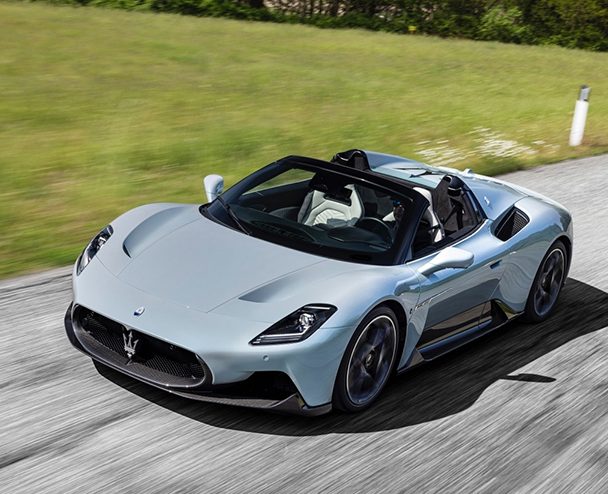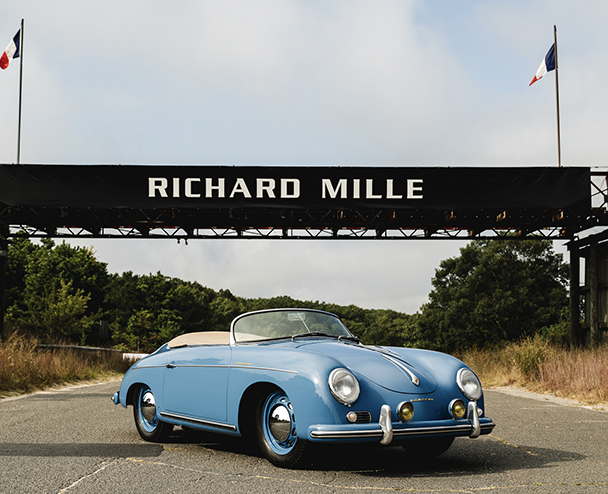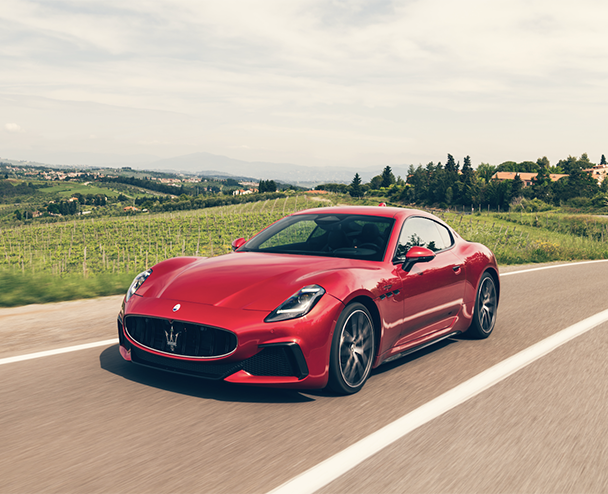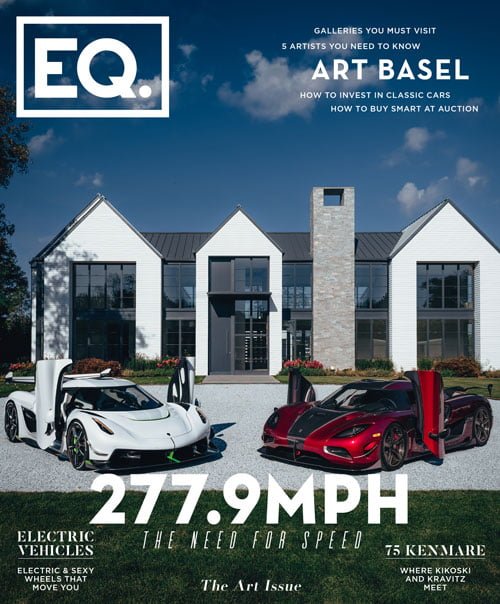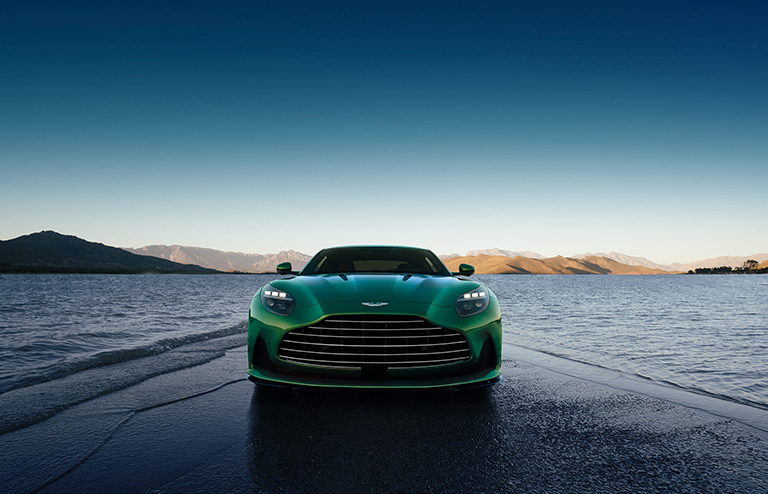
Aston Martin DB12: Asked and Answered
A host of changes that DB11 owners sought have been implemented in the new model
Written by Mark Gallivan
May 30, 2023
British luxury sports maker Aston Martin Lagonda has launched its successor to the DB11 GT with the DB12 and pitched it for the first time as a Super Tourer. This unveiling coincides with the company, which is managed by its largest shareholder, Canadian billionaire Laurence Stroll and was founded in 1913 by Lionel Martin and Robert Bamford, having its 110-year anniversary. The DB moniker is derived from David Brown who owned the company from 1947 to 1972.
Highlights of the new DB12 include a substantial increase in power to 680PS (~670HP) with 800Nm torque from a 4.0-liter V8 twin turbo. This represents a 34 percent increase in power over the current DB11. The carmaker claims that its DB12 will reach a 202 MPH top speed and accelerate from 0-60 MPH in 3.5 seconds.
Deliveries of the new car start in Q3 of this year. To tighten up on the DB11’s less aggressive GT characteristics, the DB12 uses all-new intelligent adaptive dampers and an electronic rear differential. Inside, the cabin has been given a radical overhaul. Eschewing the trend for difficult-to-use touchscreens, the new car offers a mix of physical buttons and switches with digital screens. Speaking at an advance reveal of the new car in April at the company’s design studio, Marek Reichman, Executive Vice President and Chief Creative Officer told us the cabin is “a combination of the latest technology, touchscreen information and driver control but you can decide to detox from that and can use real metal. You can exist in a non-digital world and can also interact with the car physically.”
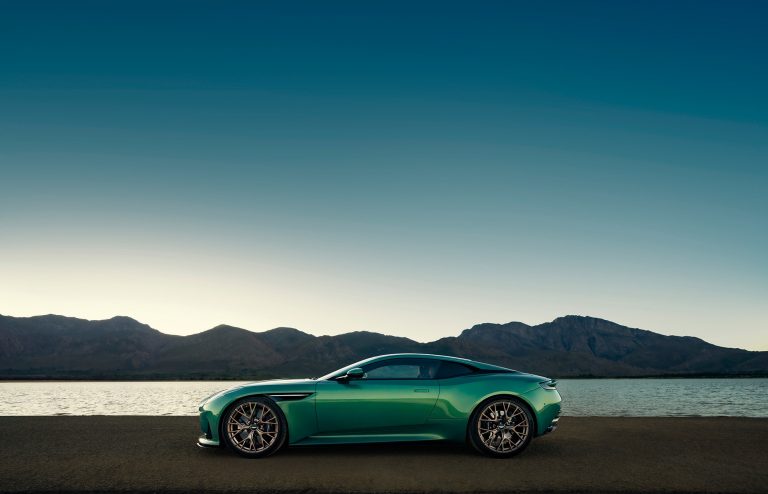

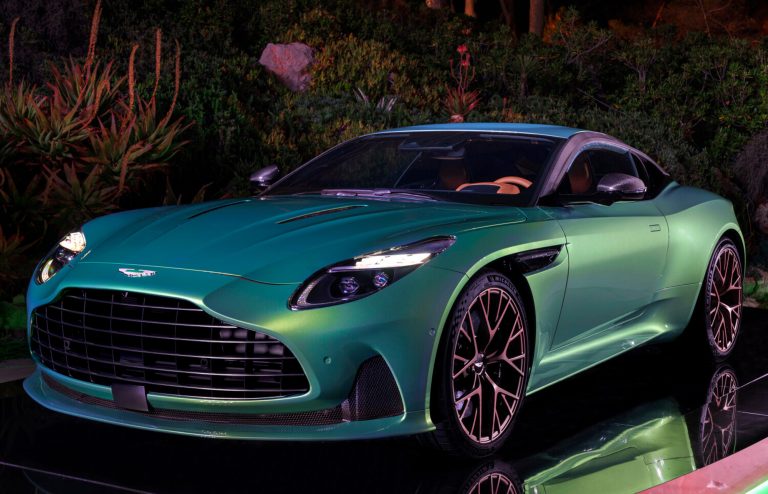
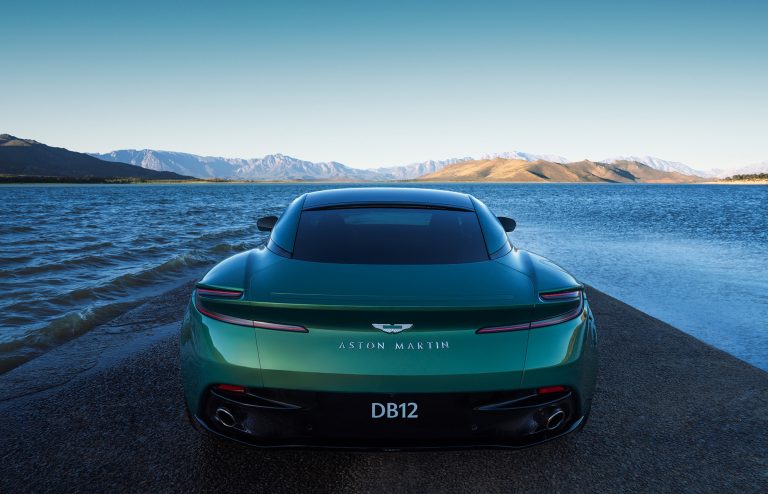
The front design of the DB12 shows a greater face in terms of its mass of volume, hinting at the increase in power being driven through the rear wheels. It has a far wider stance – about 30 mm wider than DB11 – and deploys matrix headlamp technology and new ADAS (advanced driver assistance systems) to improve the car’s driving capabilities.
“The new technology that now exists in the car in terms of its adaptive systems, its drive systems, the electronic control systems – it is now truly a driver’s car and if you imagine the quantum leap we made from the 550 DBX to a 707 DBX then this is an even greater shift from the current DB11 to this model,” said Reichman.
Engineering advances include the new Electronic Rear Differential that is mated to the car’s Electronic Stability Control (ESC) system that opens or locks in a matter of milliseconds, unlike a conventional system. It’s claimed this tech will improve upon the DB11 dynamics and bring its successor closer to the smaller Vantage‘s crispness. Work has also been done by the engineering team to stiffen the torsional rigidity by 7 percent with changes to underbody components. As before, the DB12 still uses multiple driving modes – drivers have the option to toggle between comfortable GT, Sport, and Sport+.
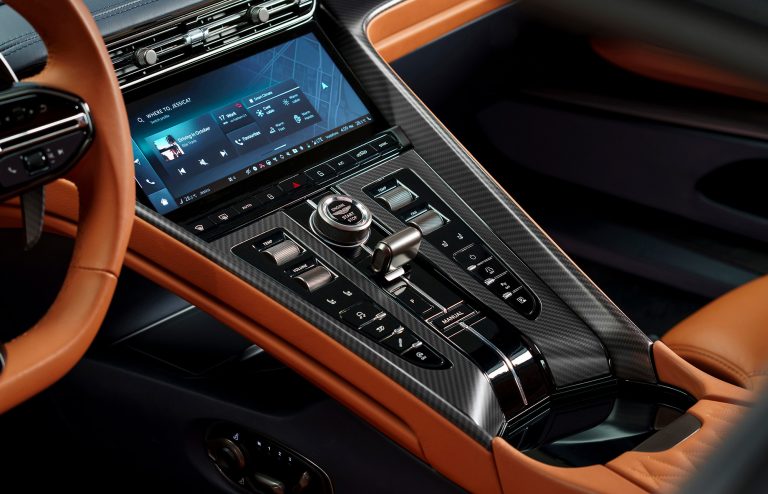
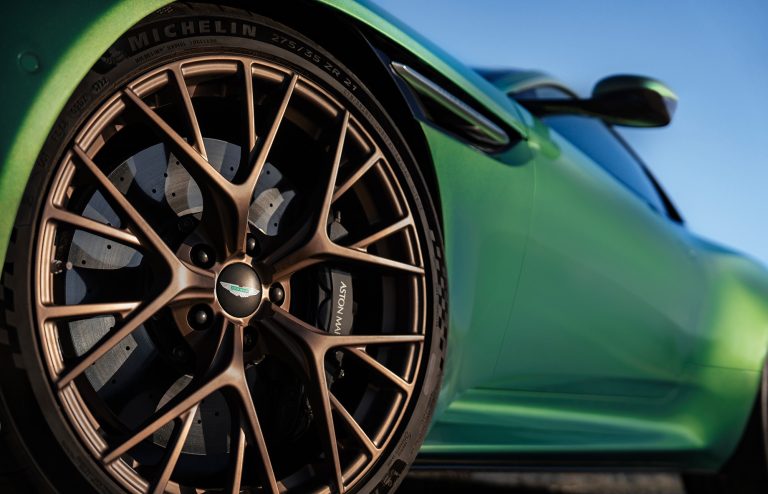
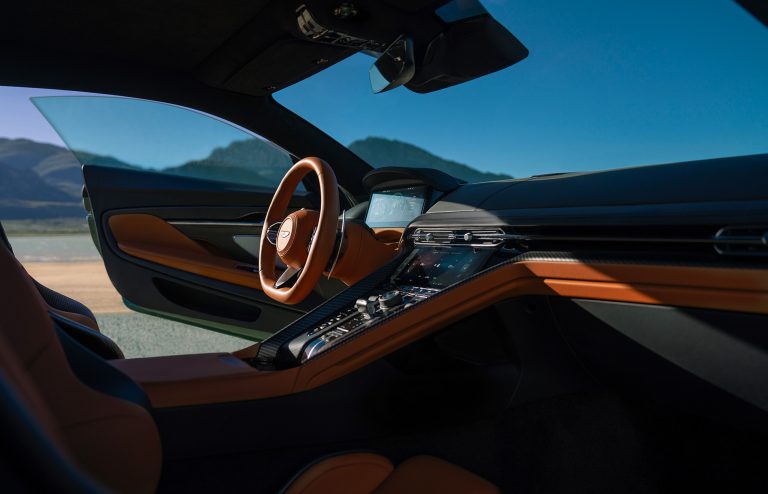
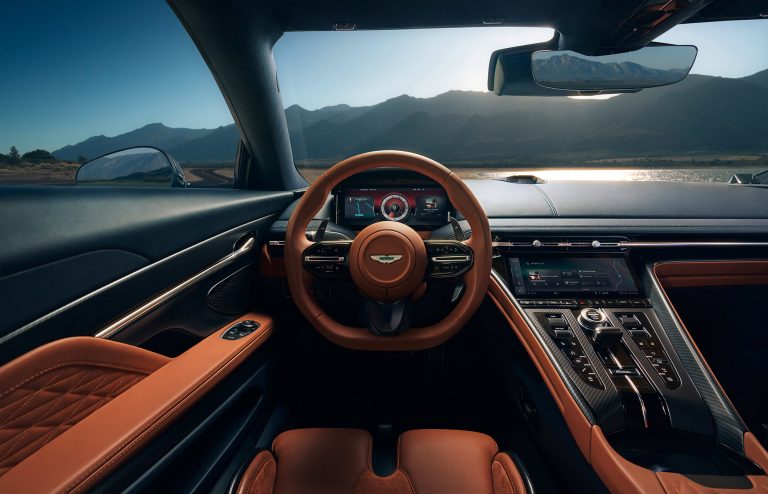
The DB12 takes the svelte design from the DB11 and adds 6mm to the front track and 22mm to the rear. The front grille is larger in diameter and new LED headlights with a daytime running lamp signature and protruding new front splitter add to the car’s far bolder down-the-road stance.
The wholly revised new cabin architecture incorporates work from partners Bridge of Weir for interior hides and Bowers & Wilkins for its audio system. The system uses a 15-speaker, double-amplified 1,170W surround sound system, 3D headline speakers, and a subwoofer.
Where the DB11’s infotainment used legacy Mercedes-Benz systems, a next-generation version was developed in-house for the first time for the DB12. It looks thoroughly modern and a world away from the unappealing system of controls from the Mercedes parts bin. Apple CarPlay and Android Auto is available, and a 10.25-inch screen is used with improved graphics and ditches the awkward-looking air vents found in the DB11 for slimmer units. It’s a welcome return to physical metal buttons that will appeal greatly to buyers fatigued by distracting plastic screens while on the move. I got familiar with the controls of the pre-production car in the Design Studio and it was immediately more intuitive to navigate. The quality of the centre console, if delivered as promised from the car on display, merits comparison with that of a Bentley Continental GT. Buttons are used for selecting gears, drive, heating, and ventilation. The DB12 showcases an online connectivity platform with a new Aston Martin App offering Over The Air updates and remote diagnostics.
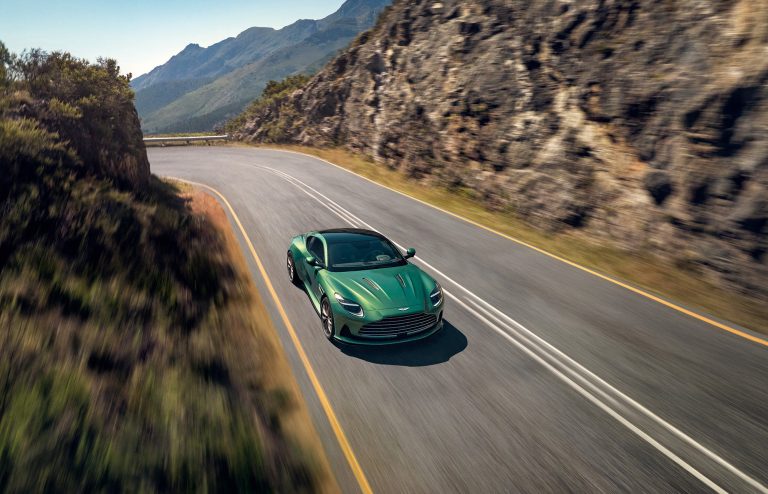

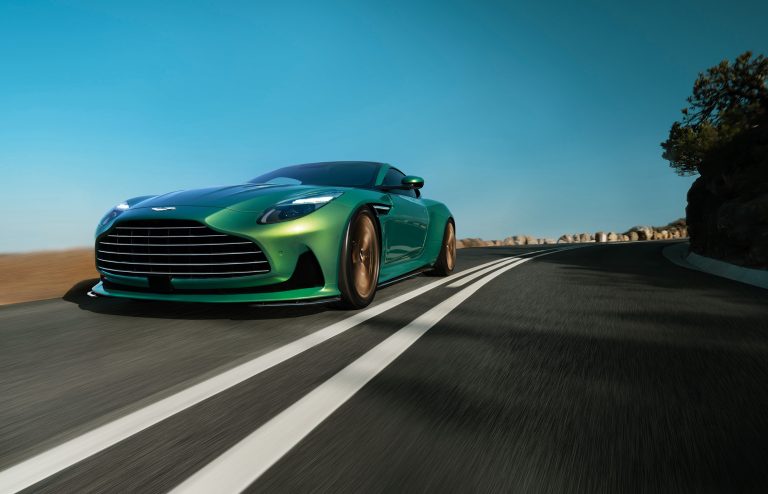
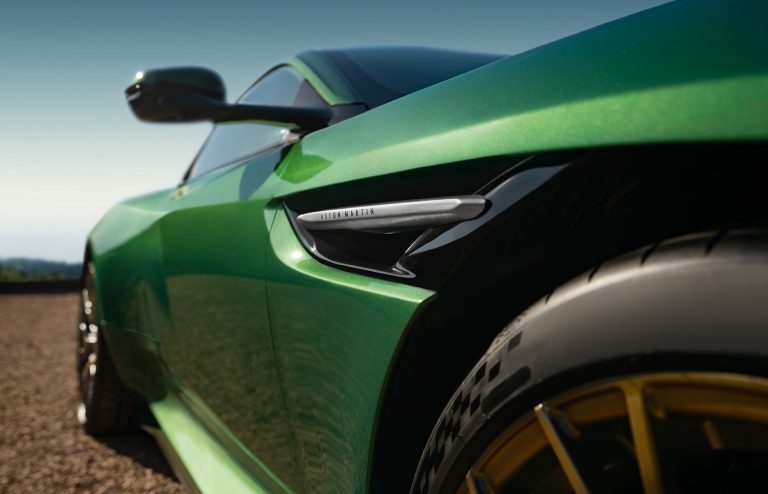
In summary, and judging from the static reveal, Aston Martin appears to have answered many of the question marks that arose from DB11 owners. That alone should go a long way to convincing DB12 buyers that the new car finally justifies the large price outlay. “The whole job of this entire team is the creation of desire – I want to buy – I fall in love with the object,” said Reichman. It will be interesting to see how well this translates once the car is driven on the road.
